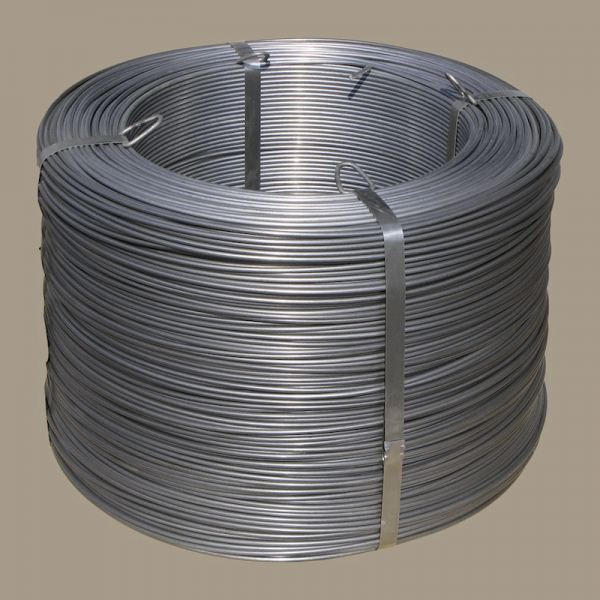Aug . 11, 2024 10:20 Back to list
Reinforced Steel Mesh Solutions for Enhanced Structural Integrity in Industrial Factories and Warehouses
Reinforcing Mesh for Industrial Factories Enhancing Structural Integrity
In the realm of industrial construction, the importance of structural integrity cannot be overstated. Industrial factories are often exposed to high levels of stress, heavy machinery, and dynamic loads. As such, reinforcing mesh has emerged as a vital component in the construction and maintenance of these facilities. This article explores the significance of reinforcing mesh, its applications, and the benefits it offers to industrial factories.
What is Reinforcing Mesh?
Reinforcing mesh, commonly referred to as welded wire mesh or rebar mesh, consists of a network of steel wires arranged in a grid pattern. It is produced by welding together steel wires at intersections, creating a robust framework that enhances the tensile strength of concrete structures. This mesh is typically used in slabs, walls, foundations, and various other structural elements, making it an indispensable resource in the construction industry.
Applications in Industrial Factories
In industrial settings, factories are often designed to accommodate heavy machinery, high load-bearing capacities, and considerable vibrations. Reinforcing mesh plays a crucial role in ensuring that the concrete structures can withstand these demands. The mesh serves several applications, including
1. Floor Slabs Industrial factory floors are subjected to heavy foot and vehicular traffic. Reinforcing mesh helps to distribute loads evenly, reducing the risk of cracking and structural failure.
2. Walls and Partitions Reinforcing mesh is often integrated into concrete walls to enhance their strength and durability, providing a solid barrier that can withstand impacts and vibrations.
3. Foundations The foundation of any industrial building must be designed to support substantial weight. Reinforcing mesh increases the foundation’s tensile strength, ensuring stability and longevity.
reinforcing mesh for industrial factory

Benefits of Using Reinforcing Mesh
The inclusion of reinforcing mesh in industrial construction offers numerous advantages
1. Increased Strength and Stability One of the primary benefits of reinforcing mesh is its ability to enhance the compressive and tensile strength of concrete. This added stability is essential for the longevity and safety of industrial facilities.
2. Crack Control By controlling cracking during the curing process and throughout the structure's lifespan, reinforcing mesh minimizes the maintenance and repair costs associated with concrete degradation.
3. Cost-Effectiveness Using reinforcing mesh can lead to savings in both materials and labor. As the mesh distributes loads more efficiently, less concrete may be required, and the overall construction time can be reduced.
4. Enhanced Safety In an industrial environment, safety is paramount. Reinforced structures are less prone to failure, thus protecting workers and equipment from potential hazards.
5. Environmental Considerations Modern reinforcing mesh is often made from recycled materials, making it a sustainable choice in construction. Its longevity also means that structures will require fewer repairs, further reducing environmental impact.
Conclusion
Reinforcing mesh has become an essential part of constructing safe and durable industrial factories. With its ability to enhance strength, control cracking, and improve overall safety, it is clear that reinforcing mesh is not just an additive but a foundational element of modern industrial construction. As manufacturers continue to innovate, the development of stronger and more efficient reinforcing mesh will play a crucial role in the future of industrial building practices, ensuring that facilities can meet the demands of a rapidly evolving industry.
-
High-Quality Steel Grating Solutions for Industrial Applications | Durable, Safety, Customization
NewsJul.13,2025
-
Advanced Solutions-CompanyX|Enterprise Efficiency&Cost Reduction
NewsJul.13,2025
-
Sustainable Manufacturing-EcoTech Innovations|Waste-to-Energy System&Zero Emissions
NewsJul.13,2025
-
Welded Wire Mesh- Buildings Wiremesh Co., Ltd.|Durable Construction Material&Industrial Strength Solution
NewsJul.13,2025
-
Smart Production Solutions-Example Corp|AI Automation&IoT Monitoring
NewsJul.13,2025
-
Advanced Industrial Solutions-Advanced Industrial Solutions|Manufacturing Efficiency&Productivity
NewsJul.13,2025

